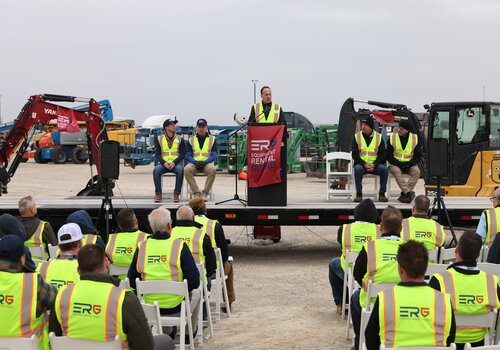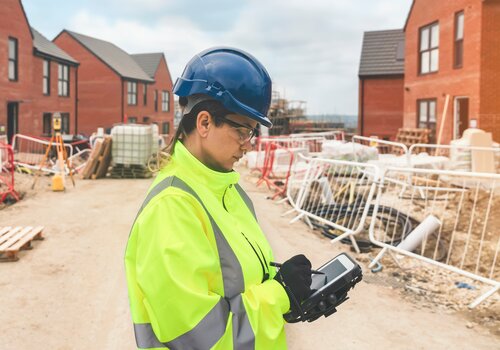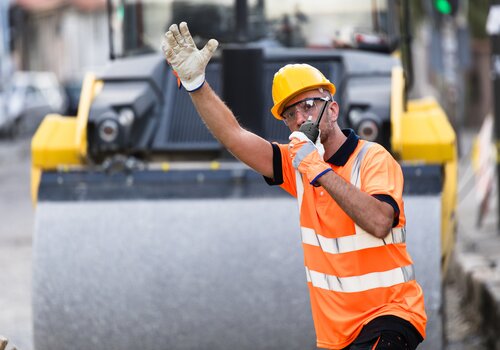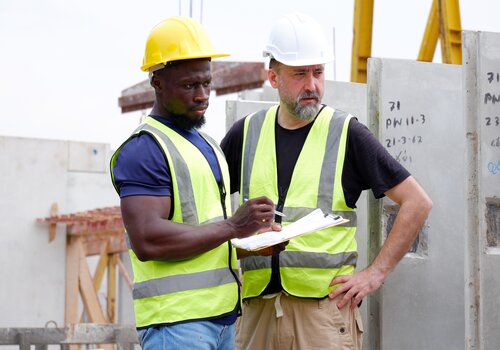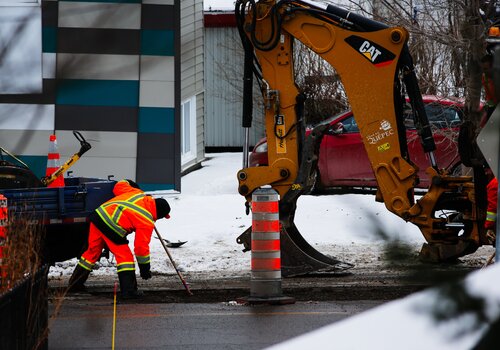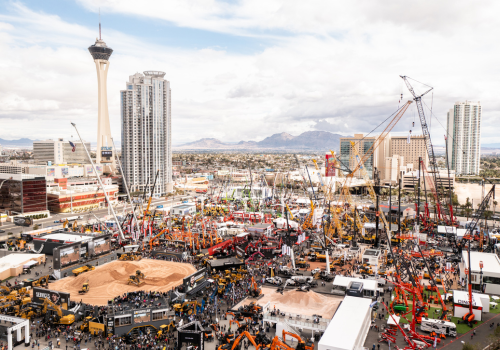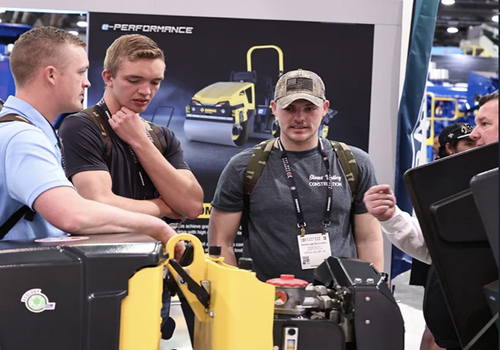It usually happens when you least expect it. You arrive on site in the morning, crew ready, schedule tight only to find the excavator you rented is gone. For contractors, stolen equipment is more than an inconvenience; it’s a major hit to budgets, timelines and reputation.
According to John Jeanguenat, who works closely with rental companies through the American Rental Association (ARA), the scope of the problem is larger than many realize.
“We estimate that it’s at least one hundred million dollars a year in loss for the equipment rental industry,” he explained. And that figure doesn’t even count equipment owned outright by contractors. “That number is probably on the low end because a lot of equipment theft goes unreported.”
HOW THIEVES WORK AND WHY RECOVERY IS SO RARE
About 360 pieces of equipment are stolen every month from rental businesses, Jeanguenat noted.
When equipment does go missing, recovery is difficult. While most machines come with GPS, those devices can be quickly disabled. He added that in many cases thieves already have a buyer lined up. “In some cases they’ve already sold that piece of equipment when they go to steal it.”
Onsite theft often occurs when equipment is left unsecured, like unlocked cabs, keys left the cab, poor lighting or lack of cameras.
Even with GPS tracking, recovery rates remain low. Thieves often disable or remove tracking devices within hours. “They’ve gotten pretty smart about how equipment is tracked,” Jeanguenat noted.
The result: by the time police reports are filed and law enforcement is engaged, the machine has often been resold or moved out of state. Different municipalities also treat cases differently, sometimes as civil rather than criminal matters, which further complicates recovery.
For contractors, losing even one machine can stall an entire project. Crews sit idle, inspectors reschedule and additional rental costs pile up. As Jeanguenat put it: “It’s time and money, and it delays the job site progress.”
HOW CONTRACTORS CAN PROTECT THEMSELVES
So what can contractors do? Jeanguenat laid out several straightforward steps:
Rent from trusted sources. Renting equipment from a reliable, well-established equipment rental company should be the first line of defense.
Ask about GPS tracking. Verify whether equipment can be tracked and what systems are in place. Ask who can track the equipment’s location and how you will be notified if it's going somewhere that it’s not supposed to.
Secure equipment on site. Take simple steps like making sure that keys are not left in the equipment and operator cabs are locked, especially overnight and on weekends or holidays. Invest in lighting and cameras. Bright, well-lit sites with surveillance systems reduce easy opportunities for thieves.
Know your insurance. Contractors should confirm their insurance covers theft of rented equipment. He cautioned that many companies think they are covered but are not. When renting, be sure to ask who is responsible for the cost of stolen equipment and the deductible.
For smaller firms with tighter margins, Jeanguenat stressed the basics: “Make sure that the equipment is secured when it’s not being used. Don’t rely on a fence and a locked gate for keeping equipment safe.”
A NEW TOOL: EQUIPMENT RENTAL GUARD
In 2025, the ARA launched a program called Equipment Rental Guard. Jeanguenat described it as a proactive effort to reduce theft. “The entire purpose is to provide training and tools to the equipment rental industry, which serves contractors, to prevent theft,” he said. “And, in many cases, prevent theft before it happens.”
The program includes:
-
Training modules on spotting renter red flags, jobsite security and recovery procedures.
-
Text alerts that notify members of suspicious activity in their region. Over 500 companies have already signed up.
-
A theft reporting database that allows members to share renter details and theft incidents with both peers and law enforcement.
Early results have been promising. “We’ve had over a thousand training courses completed for the program,” Jeanguenat said, and awareness across the industry is growing. “It's still early, but we've had a lot of success.”
THE ROLE OF LAW ENFORCEMENT AND TECHNOLOGY
Law enforcement is also beginning to play a bigger role. Officers in Illinois and Michigan attended the launch of Equipment Rental Guard, highlighting the need for collaboration.
Jeanguenat emphasized that stronger consequences are key: “If we get to the point where there are significant repercussions for thieves who are stealing equipment, that in itself will be a deterrent.”
On the technology front, contractors should look for advances in geofencing and ID verification tools. “Tracking is a big part of it,” he said. “Having tracking devices that will be able to communicate immediately if a piece of equipment leaves the area that it’s supposed to be in.” Some systems now trigger alerts when a machine moves outside its geofence after business hours.
BUILDING TOWARD A SAFER FUTURE
Jeanguenat is realistic that theft won’t disappear entirely, but he sees a path forward. “Our vision for stopping equipment theft starts with education,” he said.
For contractors, that means staying informed, partnering with reputable rental firms and taking proactive steps on site. It also means viewing theft prevention as a shared responsibility across contractors, rental companies, manufacturers and law enforcement.
Because in the end, the cost of theft isn’t just a line item: it’s the lost time, stalled projects and frustrated crews.
“ARA, on behalf of the equipment rental industry, wants to do everything that we can to protect our customers, including and especially contractors and construction companies, from equipment theft,” Jeanguenat summed up. “It’s a team effort.”
See the latest trends and innovations in equipment at CONEXPO-CON/AGG 2026 in the session Why Rental is Essential to Your Equipment Fleet Portfolio. Register today.
Photo credit: AMERICAN RENTAL ASSOCIATION

